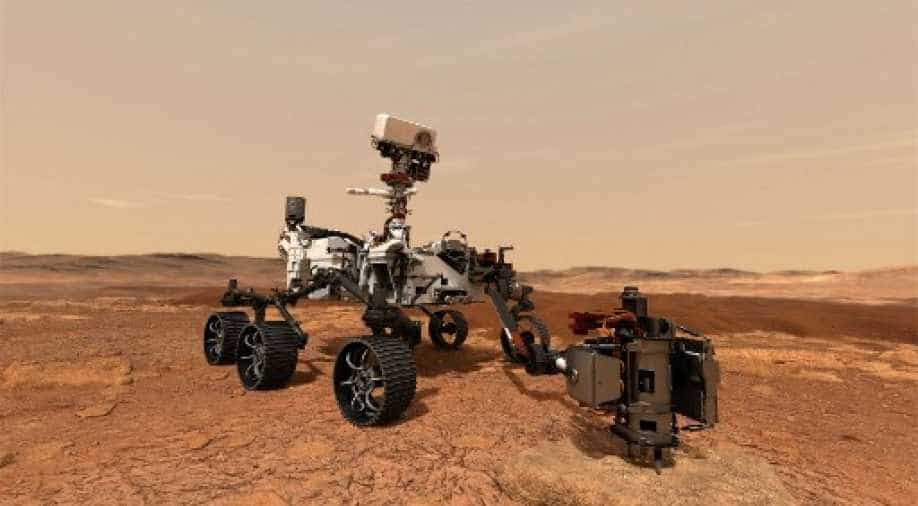The US space agency’s Perseverance rover is close to completing its first set of objectives on Mars. The Nasa robot has collected a diverse set of rock samples that it will soon deposit on the surface, awaiting carriage to Earth by later missions.
Arrival at Jezero Crater
It’s been 17 months since the vehicle arrived in an area called Jezero Crater, slung below a rocket crane. Everything “Percy” has seen since confirms to scientists the rover is in the perfect place to hunt for life. It’s not looking for any organisms that are alive today; the harsh environment on Mars makes their presence highly improbable. Rather, the robot is searching for the traces of a biology that could have existed billions of years ago when Jezero was filled with a lake.
This ancient history, scientists hope, is now recorded in the “amazing” rock samples that will be laid down in “a depot” in the next couple of months.
Perseverance’s Mission
Perseverance’s mission is to drill rocks and store samples for later return to Earth laboratories
Nasa and the European Space Agency are working up a plan to retrieve the rock cache. It’s an audacious plan that will involve another landing system, some helicopters, a Martian rocket and an interplanetary freighter. The goal is to have the samples back on Earth in 2033.
The delivery will include some examples of igneous, or volcanic, rocks that Perseverance drilled out on the crater floor. These will tell the story, mostly, of Jezero before it was filled with lake water. Critically, the samples are of a rock type that can be definitively dated. At present, ages on Mars can only be inferred indirectly.
The other part of the cache will include sedimentary type rocks that Perseverance has been collecting in recent months from the delta deposits in the western sector of the 45km-wide crater. A delta is a structure built up from the silt and sand dumped by a river as it slows on entry into a wider body of water. It’s the kind of geological feature that might just have trapped traces of past microbial life.
Looking at the sedimentary core samples drilled by Perseverance. Wildcat Ridge is on the left
One of the sedimentary samples, from a rock nicknamed “Wildcat Ridge”, was formed when muds settled in the Jezero lake as it was evaporating. It’s full of salts. But the rover’s instrumentation shows that Wildcat Ridge also contains abundant organic, or carbon-rich, compounds. This is a tantalising observation but comes with important caveats.
For more updates on life science industry, Click here.














